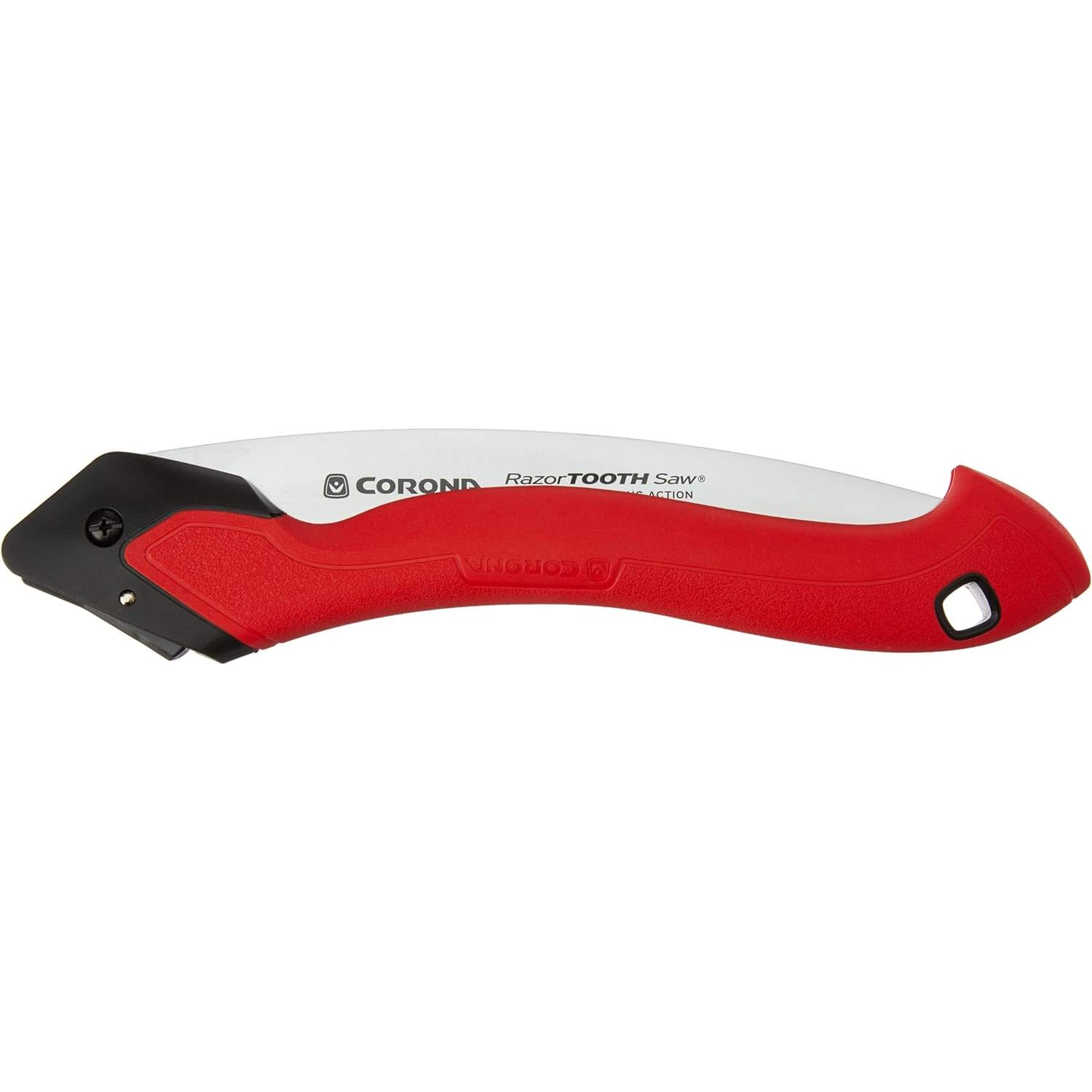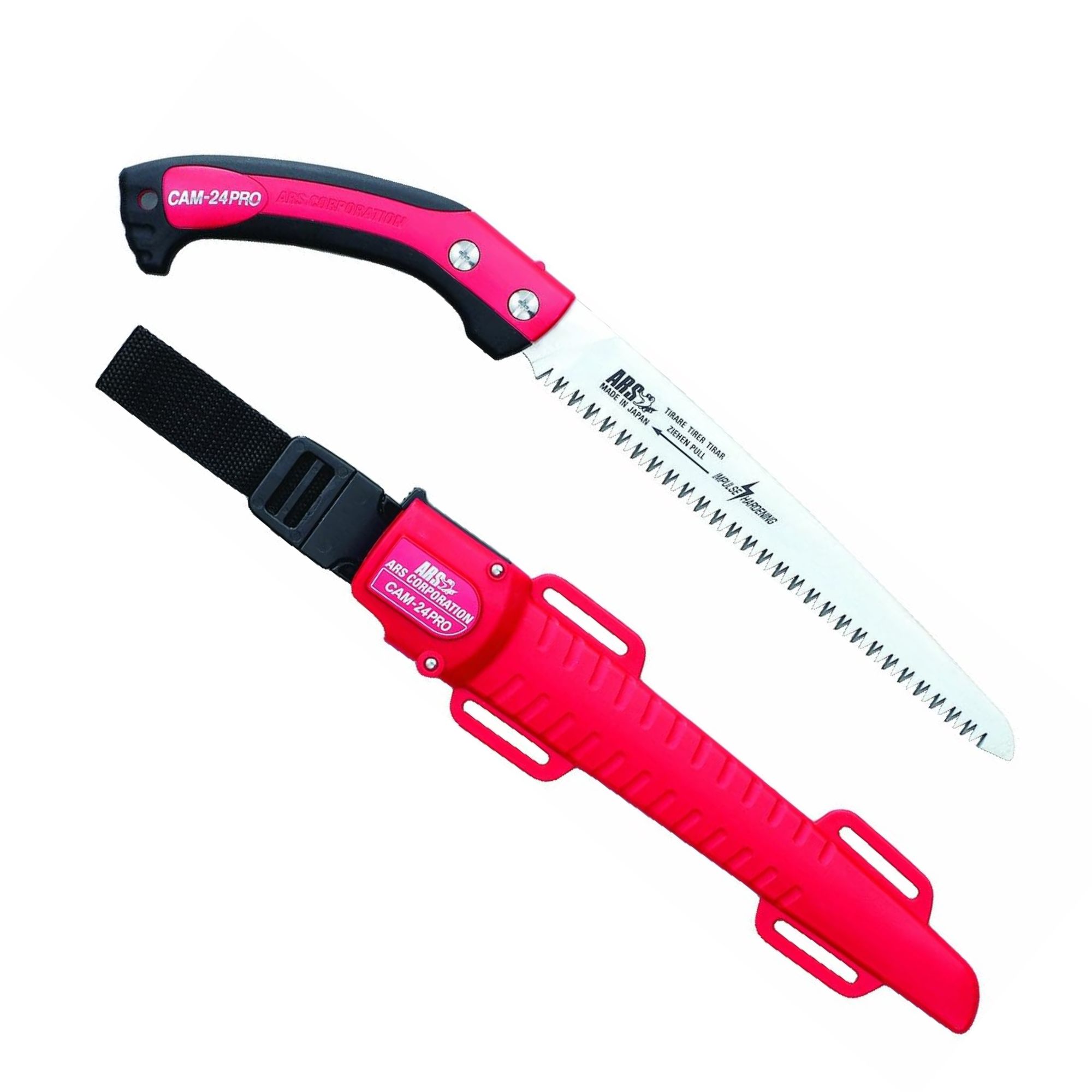Pruning saw mistakes – experts reveal 6 missteps the pruning pros never make, and how to avoid them
These common pruning saw mistakes can kill your plants
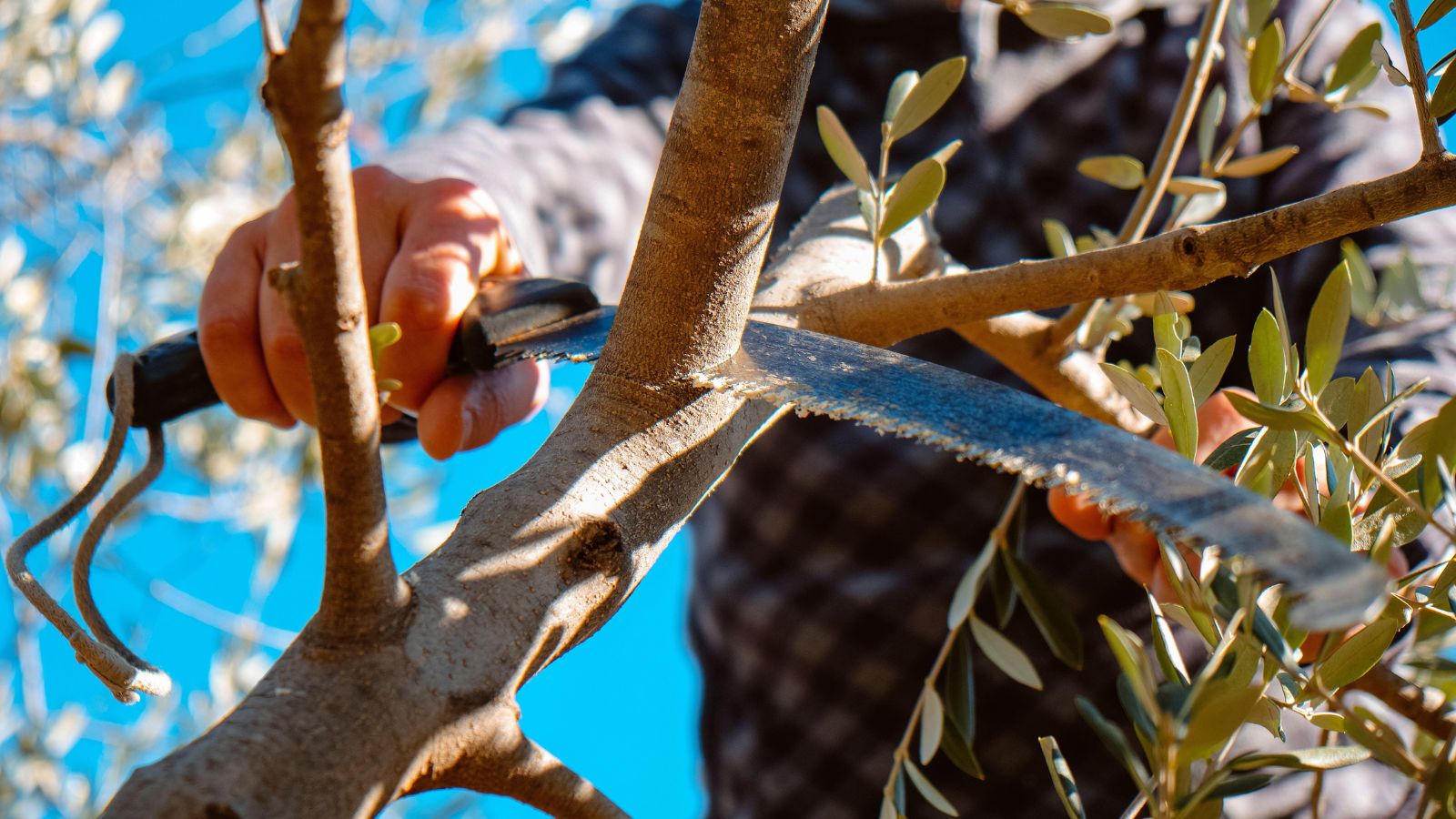

Pruning saws are a garden essential. A step between pruners and chainsaws, pruning saws are designed to cut through mid-size branches that could be ruining your tree's aesthetics, and more importantly, its health.
However, many new gardeners make simple mistakes that can irrevocably damage their saws. More worryingly, these pruning mistakes can harm trees, and even injure gardeners.
I spoke to a gardening expert about the most common pruning saw mistakes – and how to get the best out of your pruning saw.
1. Never forget the 3-cut method
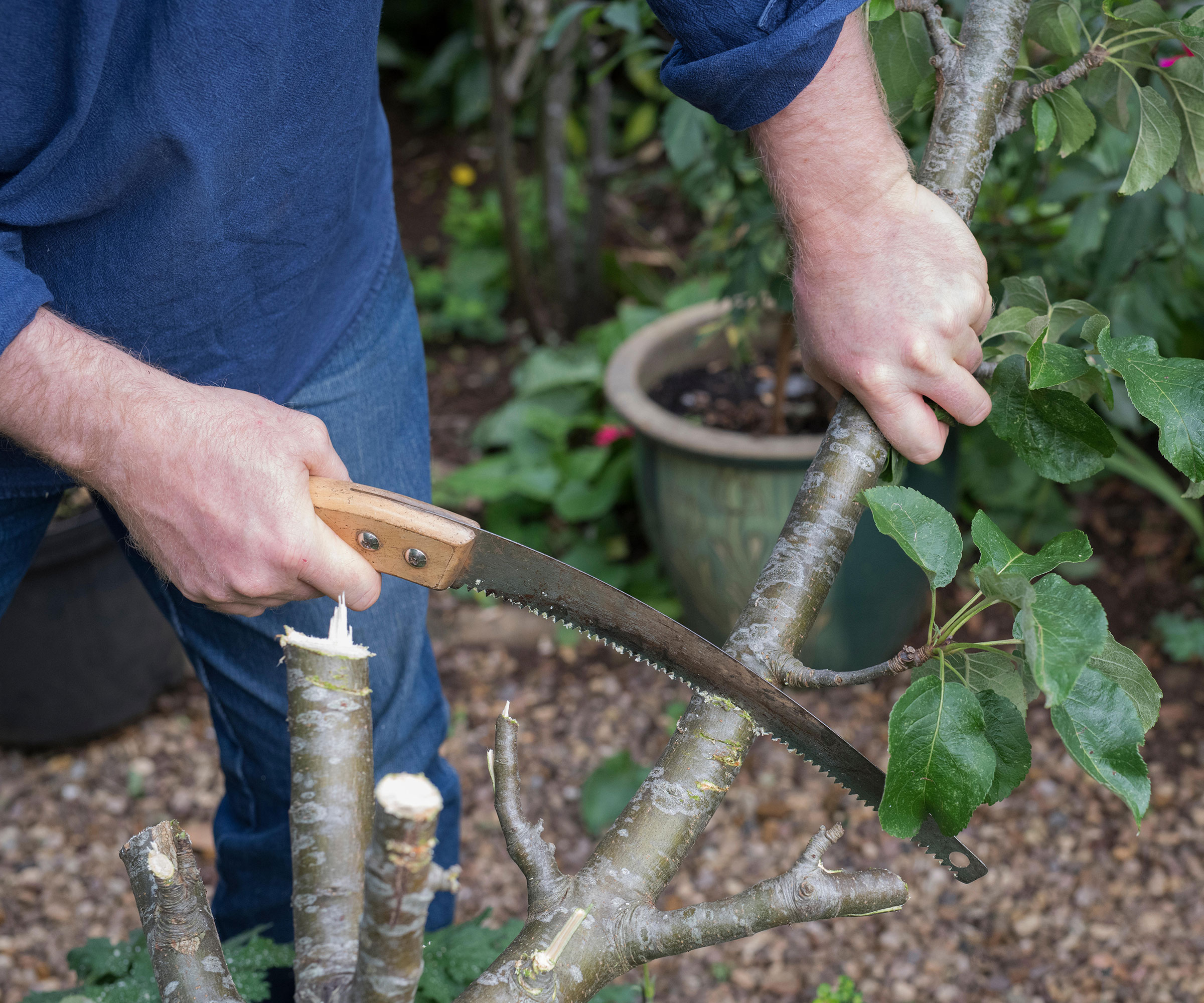
There are two big mistakes when pruning with a saw - stub cuts and flash cuts. A stub cut is any cut to a tree that leaves a 'stub' of a branch behind. These protruding stumps cannot heal and this can lead to disease and decay. The opposite mistake is a flush cut, when entire limbs of trees are removed 'flush' to the tree trunk. This creates a large, open wound which can also invite disease.
Even if you get the placement right, cutting straight through a branch can cause the bark to rip all the way to the trunk, and it can also make for ragged, frayed cuts, both of which can cause disease.
The three-cut method is designed to avoid all of these mistakes. Homes & Gardens gardening writer Thom Rutter explains 'The first cut is a foot up the branch, an undercut into the bottom about a third of the way through. Then, about half an inch further up the branch, make your second cut all the way through to remove the tree branch. The first undercut is a failsafe if the bark rips; if you mess up the main cut and the bark rips, it will stop at the undercut.'
Then, go back to the branch collar and remove the foot or so of the leftover branch. Don't prune it flush to the tree, but cut on the angle of the branch, leaving behind some of the branch collar. The good news here is that because there's less weight on the branch, it's much less likely that the bark will rip, and it's easy to get a clean cut on the thicker wood of the branch collar. 'This extra step is just how the professionals do it, and it reduces the risk of disease in your plants,' says Thom.

Thomas is a Content Editor within the Gardens Team at Homes and Gardens. He has worked as a professional gardener in gardens across the UK and in Italy, specializing in productive gardening, and growing food and flowers. Trained in Horticulture at the Garden Museum, London, he has written on gardening and garden history for various publications.
2. Ignoring the 1/3 rule
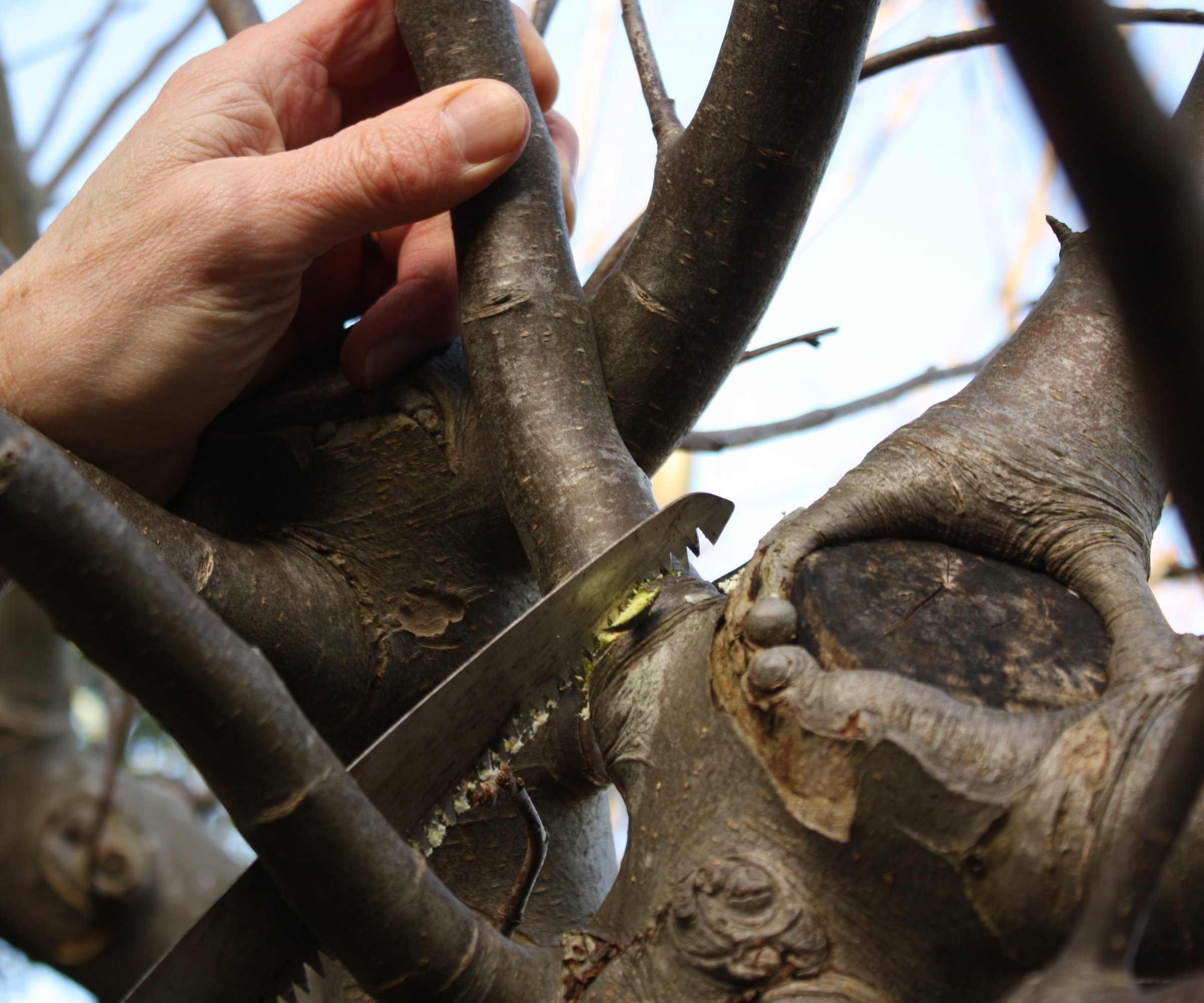
The 1/3 pruning rule is essential to good gardening, a simple guideline that helps to keep plants in good health and prevents disease and decay. The rule is simple - never remove 1/3 of healthy tree or plant growth at a time.
Pruning too much of a plant at once is one of the most common tree pruning mistakes, and it can lead to several problems. The first is disease; pruning cuts are essentially wounds, and giving plants too many of these at once increases the risk of disease. It also takes up much more of a plant's energy to heal a few cuts than it does to heal dozens, so it can prevent growth, and with fewer leaves after pruning, the plant is already less productive.
Over-pruning can also lead to excess growth. Plants can grow lots of epicormic shoots to try and replace their lost limbs, and these weak shoots not only look a little shabby, but easily break, creating even more possibilities for disease.
However, this mistake is easy to avoid - just be careful with how much plant you prune at once.
3. Lacking a sheath
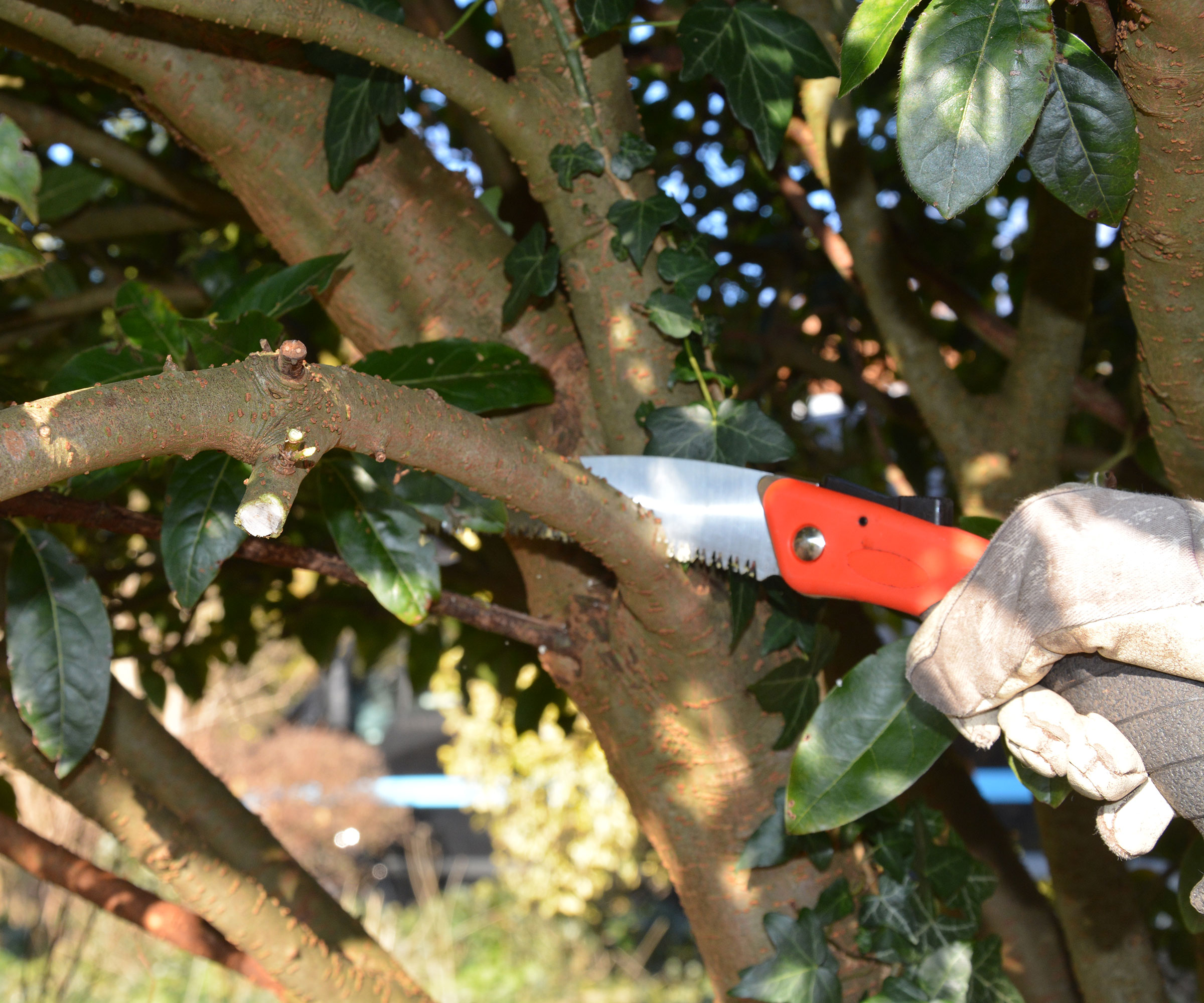
A sheath is a vital part of a pruning saw, and you should never use a pruning saw without a sheath, or that cannot fold into its handle. There are two reasons for this - safety and maintenance.
Keeping a pruning saw in its sheath is a good safety measure. When working with a saw, you may have to put it aside on a lawn or table. A sheath - particularly a lockable sheath - ensures that kids or pets (or you) don't step on the saw and injure themselves. You can even buy leg sheaths for pruning saws that tie around your thigh or clip into your belt, so you can keep the saw on you at all times and ensure better safety.
This also helps to maintain the saw. A sheath protects your saw from the elements, preventing rust and keeping it working at its best.
4. Forgetting oil
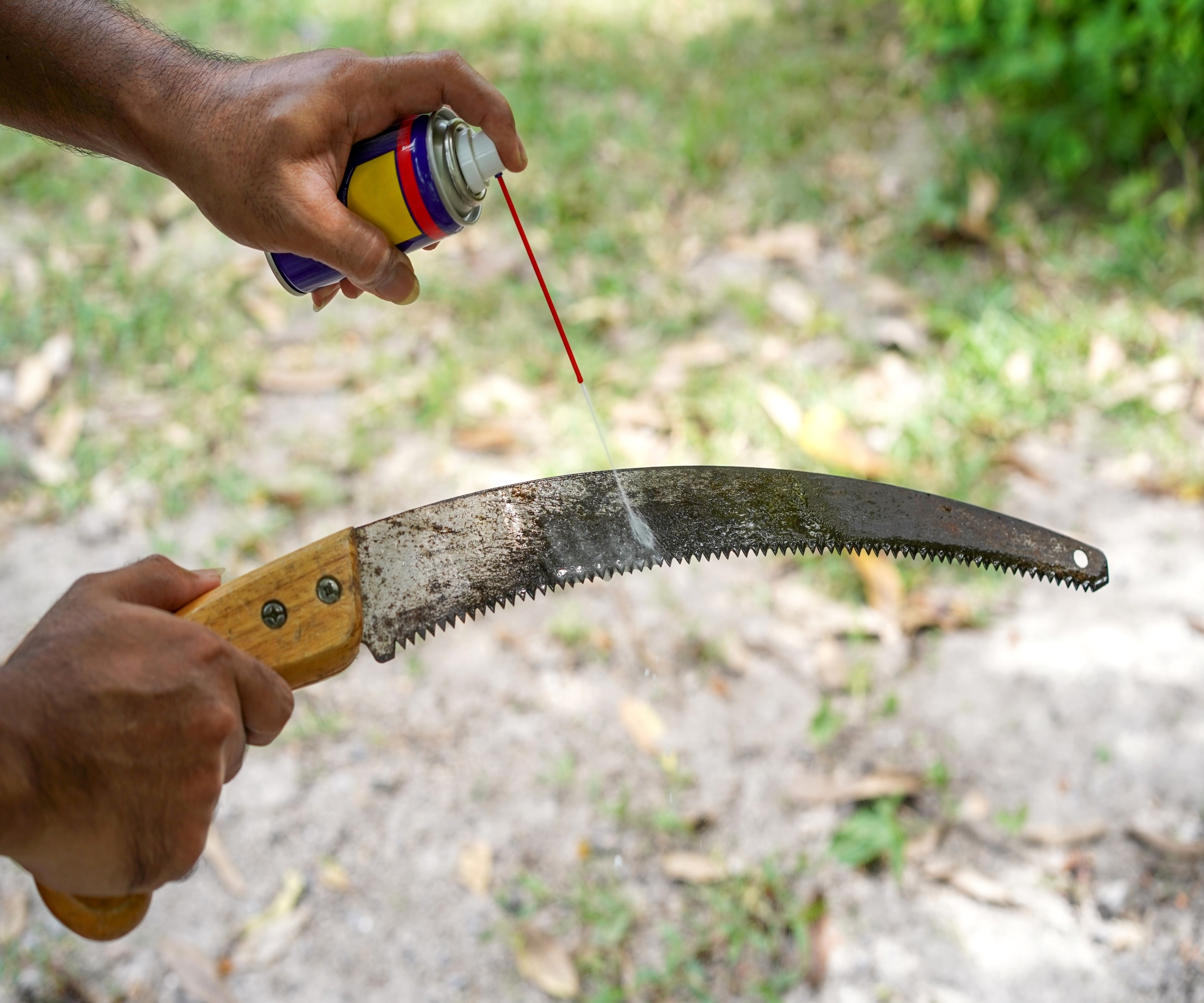
Many people forget to oil their pruning saw, or decide it isn't worth the hassle. However, this is a big mistake. Oiling your saw helps to prevent rust, which can make your saw brittle and weak. It also helps your saw glide through wood, making for cleaner, faster cuts.
It's easy to do, too. All you need to do is apply some lubricant - usually just WD40 - to the blade with a rag. If you're worried about food safety for pruning fruit trees, non-petroleum sprays like Felco's 980 lubricant spray at Amazon are completely biodegradable.
5. Skipping sharpening
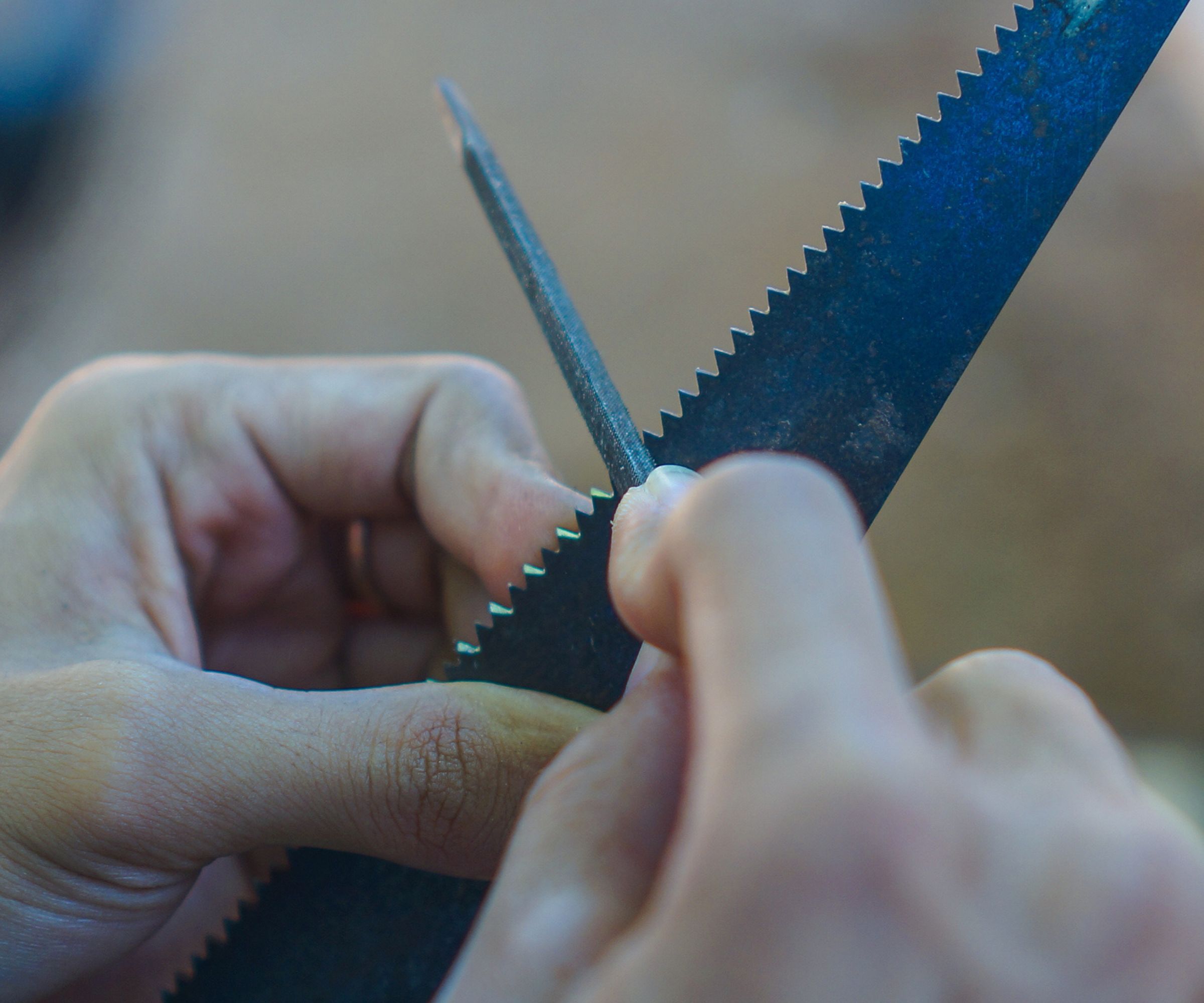
It's easy to forget, but just like pruners and lawnmower blades, pruning saw blades need to be sharpened. It's a finicky job, but actually very simple. All you need is a feather file like this from Amazon.
Turn the blade upside down and clamp it in a file to keep it stable and safe. Very carefully file in between the saw blades, making sure to follow the set of each tooth. This will make for a much better cut.
6. Ditching safety equipment
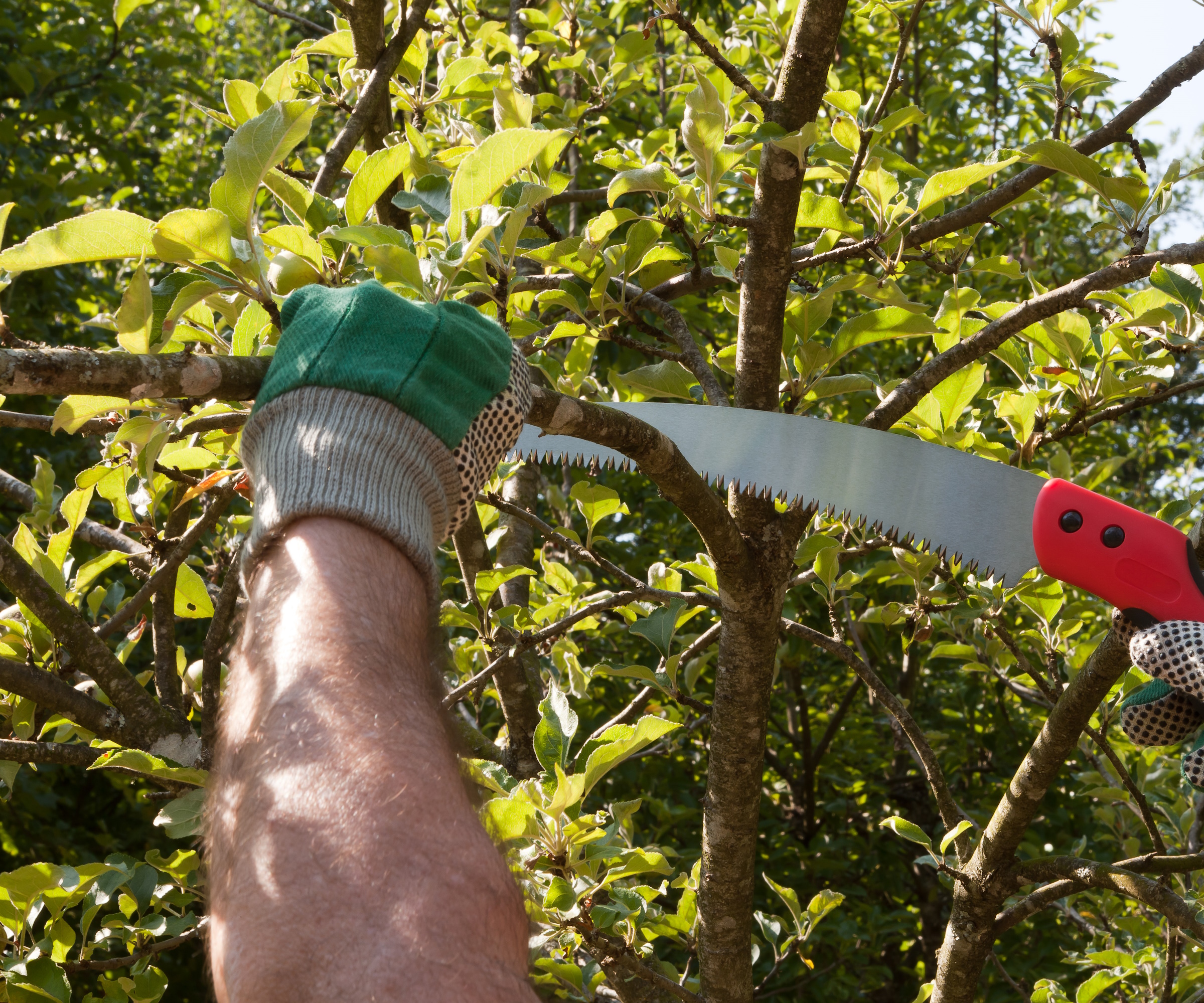
Safety is vital when using a pruning saw, and you should always use work gloves and safety glasses. Gloves protect your hands from nicks from the blade and from any saps and resins that might seep from a cut in the tree and irritate your skin.
Safety glasses are important for your eyes because wood chips from branches could fly up and hit you in the eye, causing injury.
Pruning seems simple but it's easy to get it wrong. Learning the worst tree pruning mistakes can help you keep your plants healthy, but some species have their own specific issues, especially when you switch from a pruning saw to pruners. Keeping aware of the most common hydrangea pruning mistakes or clematis pruning mistakes can make for much healthier plants.
Design expertise in your inbox – from inspiring decorating ideas and beautiful celebrity homes to practical gardening advice and shopping round-ups.

As a gardens and lifestyle contributor, Alex makes sure readers find the right information to help them make the best purchase. Alex got his start in reviewing at the iconic Good Housekeeping Institute, testing a wide range of household products and appliances. He then moved to BBC Gardeners’ World Magazine, assessing gardening tools, machinery, and wildlife products.
You must confirm your public display name before commenting
Please logout and then login again, you will then be prompted to enter your display name.

